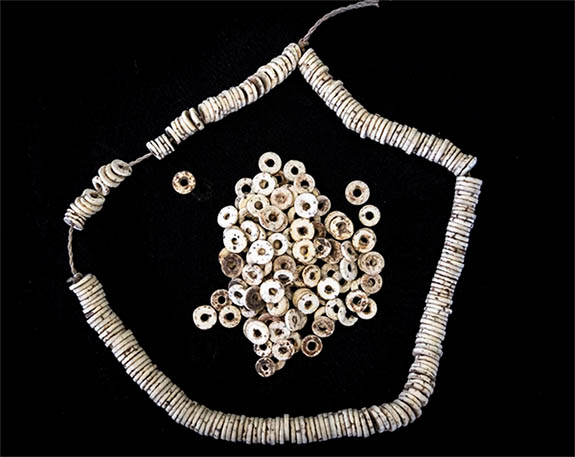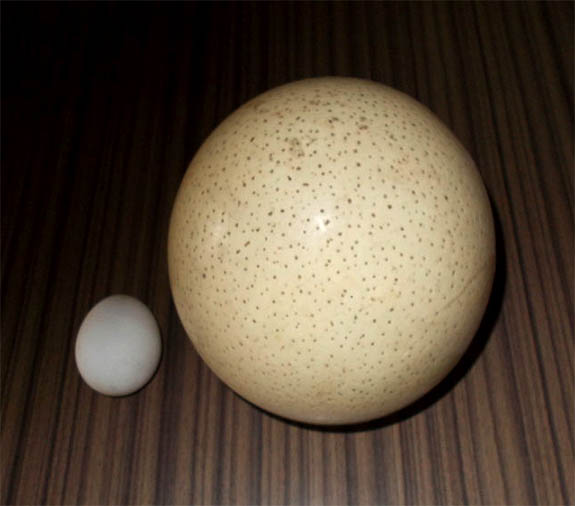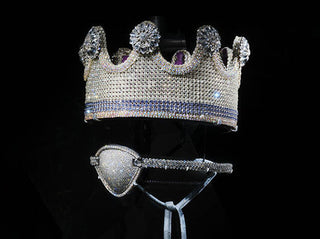Over the past 10 years, researchers Drs. Jennifer Miller and Yiming Wang assembled the largest-ever database of ostrich eggshell beads — tiny beads that are now revealing big stories about our past.

The scientists from the Max Planck Institute for the Science of Human History in Munich, Germany, claim that identically crafted beads found 3,000 km (1,864 miles) apart in southern and eastern Africa affirm the existence of a social network that connected homo sapien populations 50,000 years ago. The study was published in December in the journal Nature Communications.
Ostrich eggshell (OES) beads are ideal artifacts for understanding ancient social relationships, said the researchers. They are the world’s oldest fully manufactured ornaments, meaning that instead of relying on an item’s natural size or shape, humans completely transformed the shells to produce beads.
This extensive shaping created ample opportunities for variations in style. Because different cultures produced beads of different styles, the prehistoric accessories provide researchers a way to trace cultural connections.
“It’s like following a trail of breadcrumbs,” said Miller, lead-author of the study. “The beads are clues, scattered across time and space, just waiting to be noticed.”

To search for signs of population connectivity, Miller and Wang assembled the largest ever database of ostrich eggshell beads. It included detailed descriptions of more than 1,500 individual beads unearthed from 31 sites across southern and eastern Africa.
By comparing OES bead characteristics, such as total diameter, aperture diameter and shell thickness, Miller and Wang found that between 50,000 and 33,000 years ago, our ancient ancestors in eastern and southern Africa were adorning themselves with nearly identical OES beads. The finding suggests a long-distance social network spanning more than 3,000 km once connected people in the two regions.
“The result is surprising, but the pattern is clear,” said Wang, co-corresponding author of the study. “Throughout the 50,000 years we examined, this is the only time period that the bead characteristics are the same.”
Surprisingly, at 33,000 years ago, the bead designs produced by the populations of southern and eastern Africa were no longer the same.
The scientists believe the regional network broke down due to climate change.
It was a time when eastern Africa was experiencing a dramatic reduction in precipitation as the tropical rain belt shifted southward. Heavy rainfall in the large area connecting eastern and southern Africa likely resulted in periodic flooding of riverbanks, which may have created geographic barriers that disrupted the ability of the two populations to interact.
“These tiny beads have the power to reveal big stories about our past,” said Miller. “We encourage other researchers to build upon this database, and continue exploring evidence for cultural connection in new regions.”
Credits: Modern ostrich shell beads photo by © Hans Sell. Image of ostrich egg compared to chicken egg by Rudolph.A.furtado, CC0, via Wikimedia Commons.





